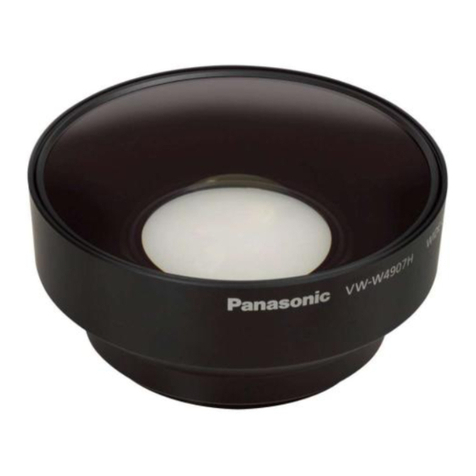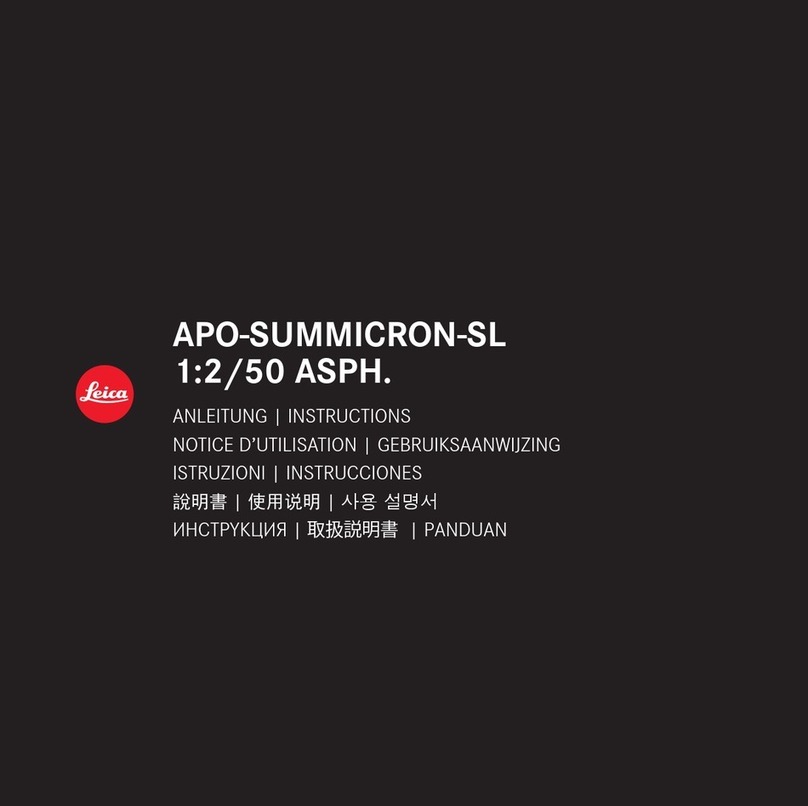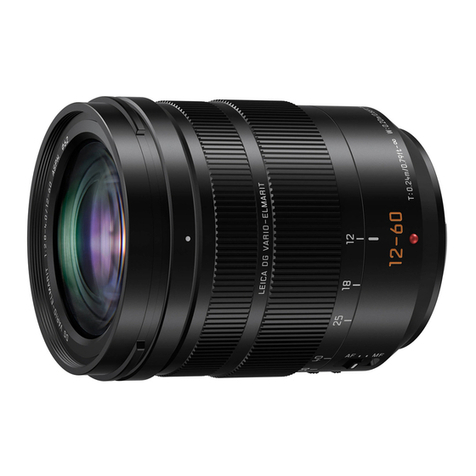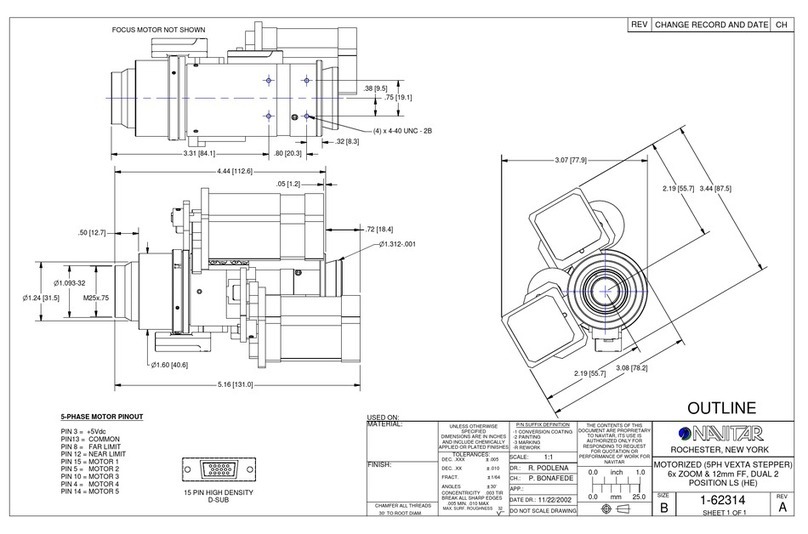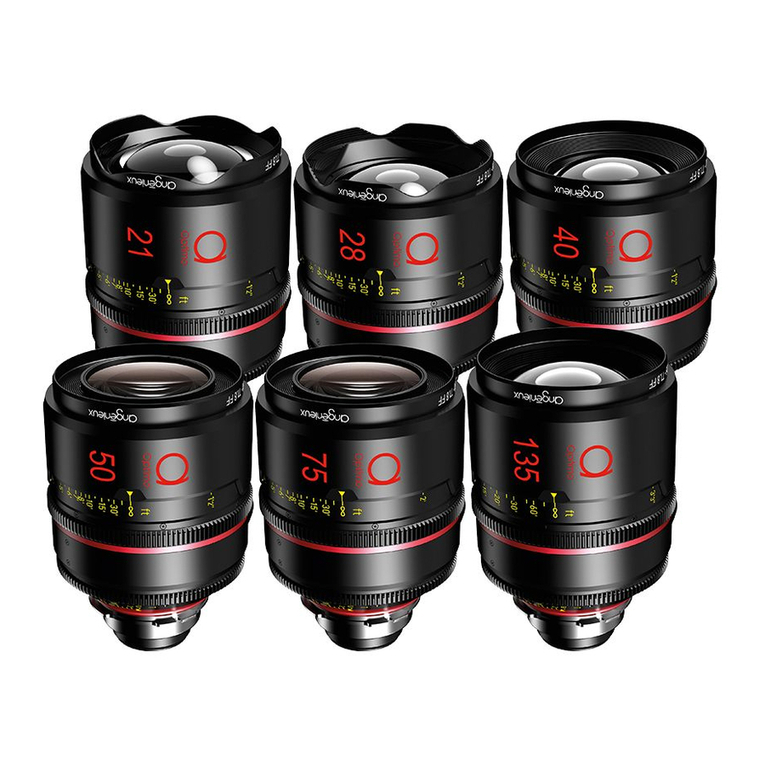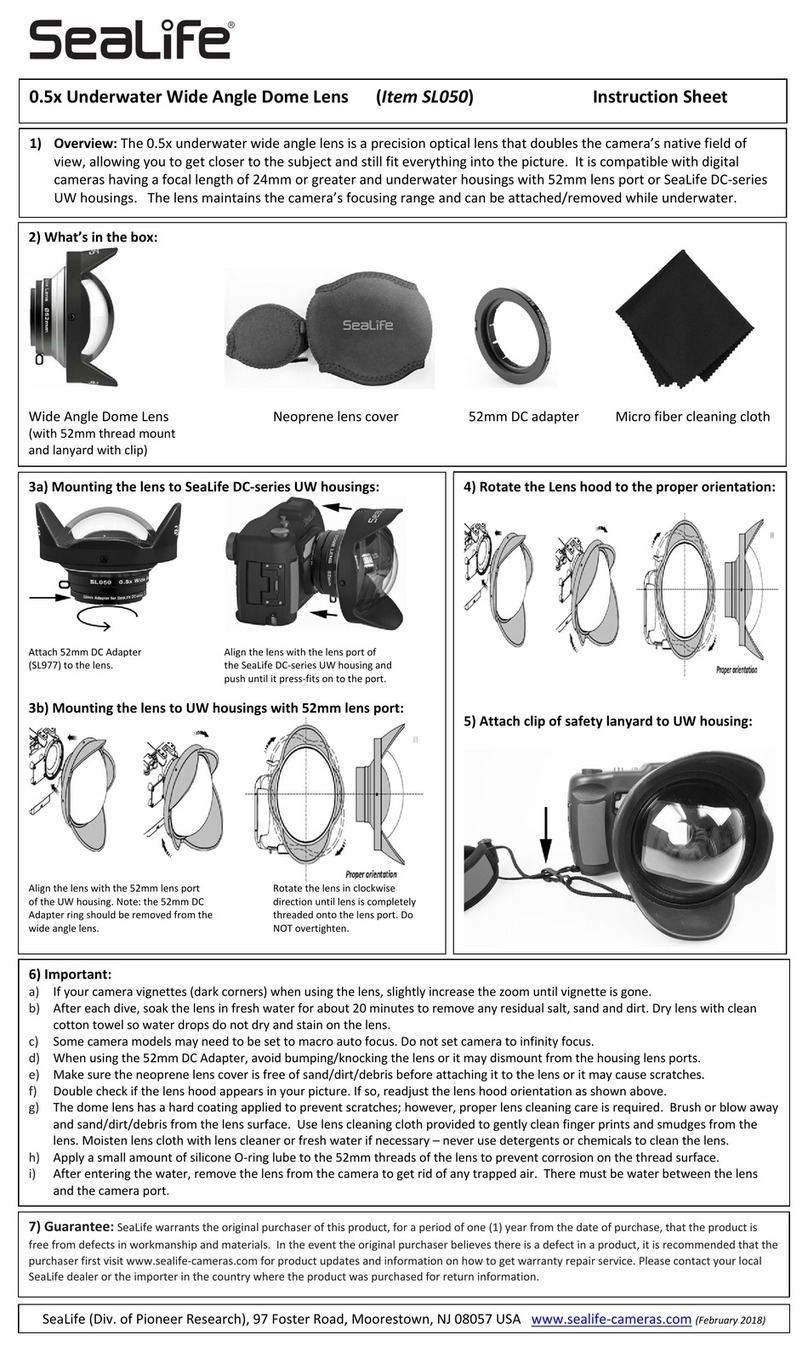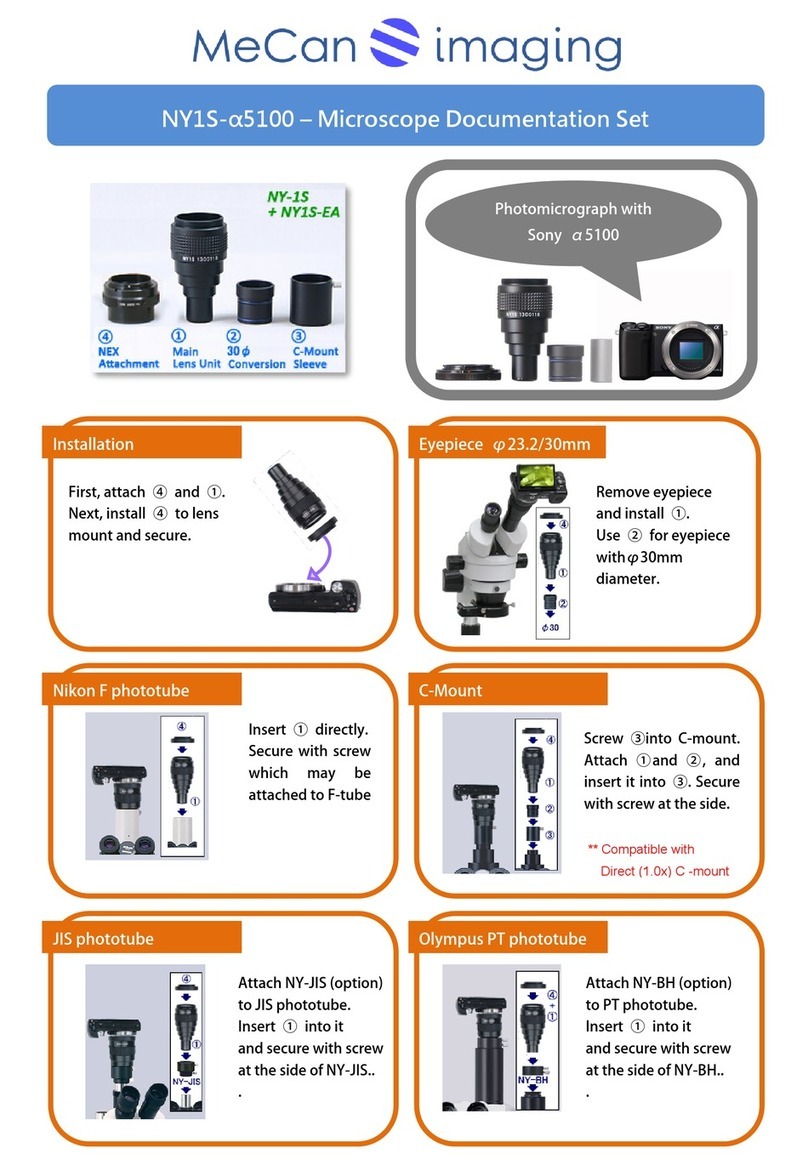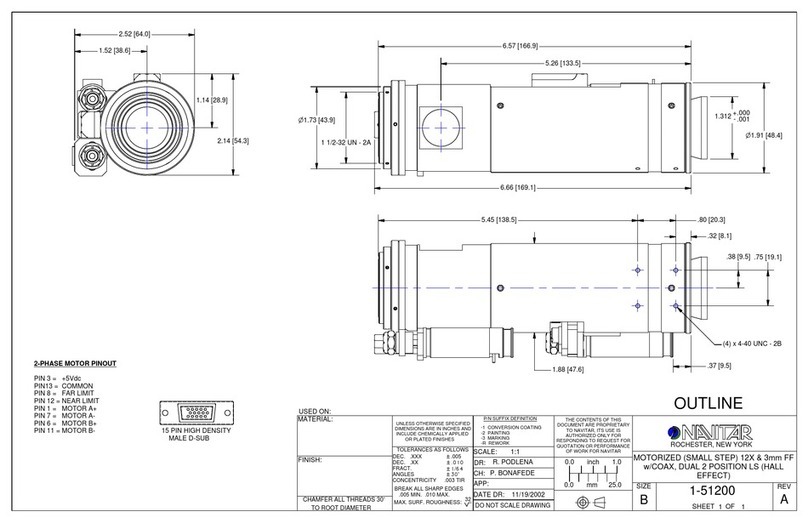
www.araxfoto.com -mediumformatcameras,lenses,accessories,services
Figure 3
1.Focusing ring
2.Distancescale
3.Deep of fieldscale
4.Aperture scale
5.Aperture ring
6.TS plate
7.Tilthandle
8.Tiltscale
9.360 оrotatingring
10.Shift handle
11.Shiftscale
3. OPERATIONS INSTRUCTIONS
3.1.Lensinstallationonthecameraandits removal
Install andremovethelensasitwritten inthecamera’soperation manual.
3.2Focusing
It ispreferabletoperformfocusing atmaximumaperture byrotatingthe focusing ring 1,on whichfocusing scale(distance) 2is
marked.Iffocusing isrequired after tilting and shifting the opticalblock, then the microprismsor camera viewfinder wedges’surfacedim
out. Inthiscaseitisnecessarytocontrolimage sharpnessaccording tothe screen’smattearea.The distancescale2canbe used
instead togivean approximatefocus.
During opticalblocktilting and shifting,decreasethe aperture asfar aspossible,becauseunequalamounts ofthe lightfallson the
edges and center ofthe field.Itis recommendedtousethe aperture values from16 to22.
When focusing the lensafter ithasbeen shifted,itispossiblethatthe microprismand the split-imagerangefinder ofthe viewfinder
ofthe camera maydarken.Inthatcase,checkthe image sharpnesson the mattespotofthe focusingscreen.Orientation based on a
distancescaleafter the lens has been shifted shallnot givepreciseresult.
3.3.Apertureoperation
Manualaperture operation is provided for inthelens. Select the value byrotation of the ring 5, first pulling it aside along the optical
axistowardsthe camera.Inthe released condition rotatethe ring 5fromsetup value tothe value2,8.Before exposuredo notforgetto
rotatethering 5untilthe selectedvalue of theaperture appears.
3.4.Lensshifting
Whilerotating handle10,the lensismoving inparalleltothe imagesurface.The lenscan be rotated by360оwithsettled interval
every30 о(the lenscan operateeven inthe positionsbetween theseintervals).Due tothe factthatthe camera’simage isrectangular,
the limitdegree oflensshiftwill be changing ateveryrotation.The maximalshiftispossibleatthe settled position ofthe lensalong the
image’sshortside.Controlthis shift onthescale11.
3.5.Lenstilting
Whilerotating tilting handle7,thelensistilting.Tilting dependsfromthe direction ofrotation oftiltinghandle7.The lenscan be
rotated by360оwithsettled intervalevery30 о(the lenscan operateeven inthe positionsbetween theseintervals).Due tothe fact that
the camera’simage isrectangular,the limitdegree oflenstiltwill be changing ateveryrotation.Themaximaltiltispossibleatthe
settled position ofthe lens along the image’sshortside. Controlthis shift on the scale9. Remember that itis recommended toset upthe
tiltanglewiththe zero position ofthe shift.
Tiltingduring photographing,obeythe Scheimpflugprincipal,whichstatesthatifalensistilted suchthatthelensplane intersects
the filmplane,the planeofsharp focus mustalsopassthrough thatsameline of intersectionlikeitshownon the schemebelow.

